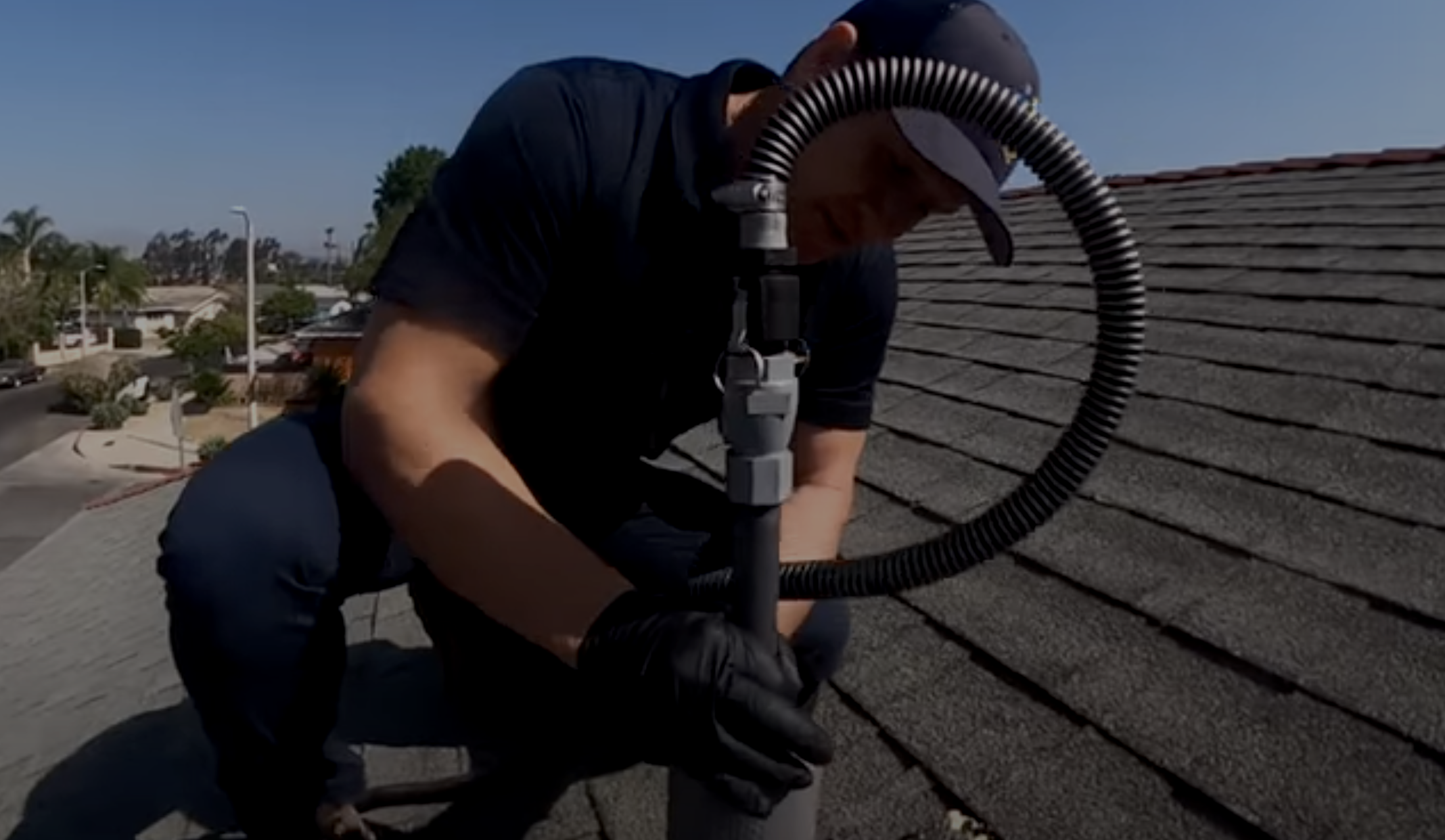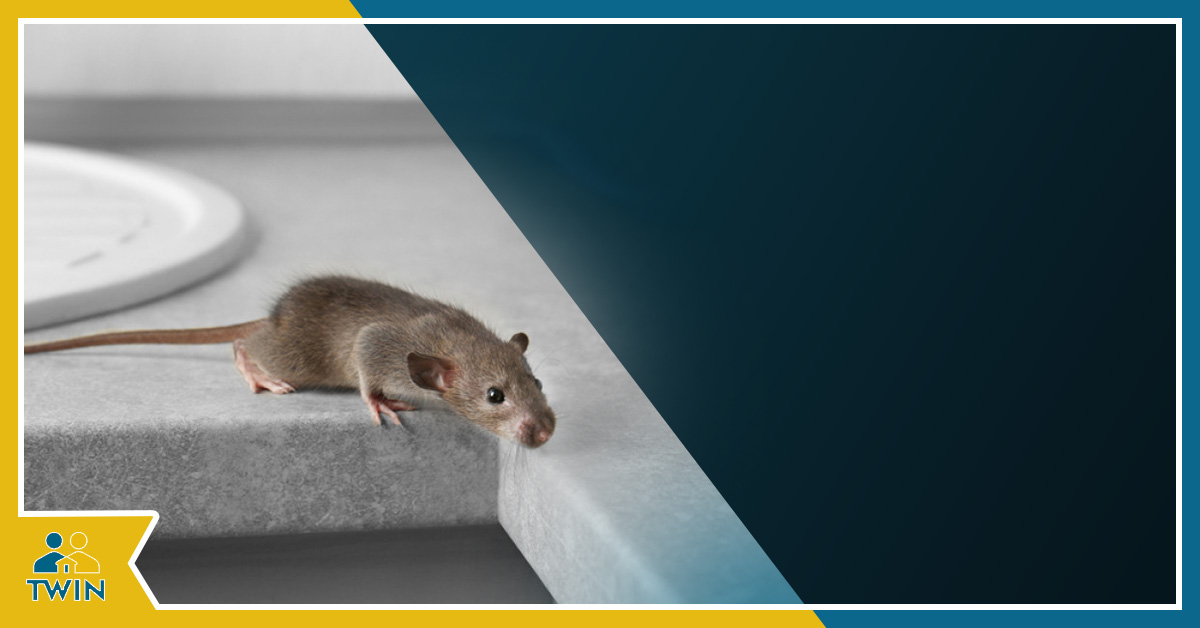Terra Cotta (Clay) Piping
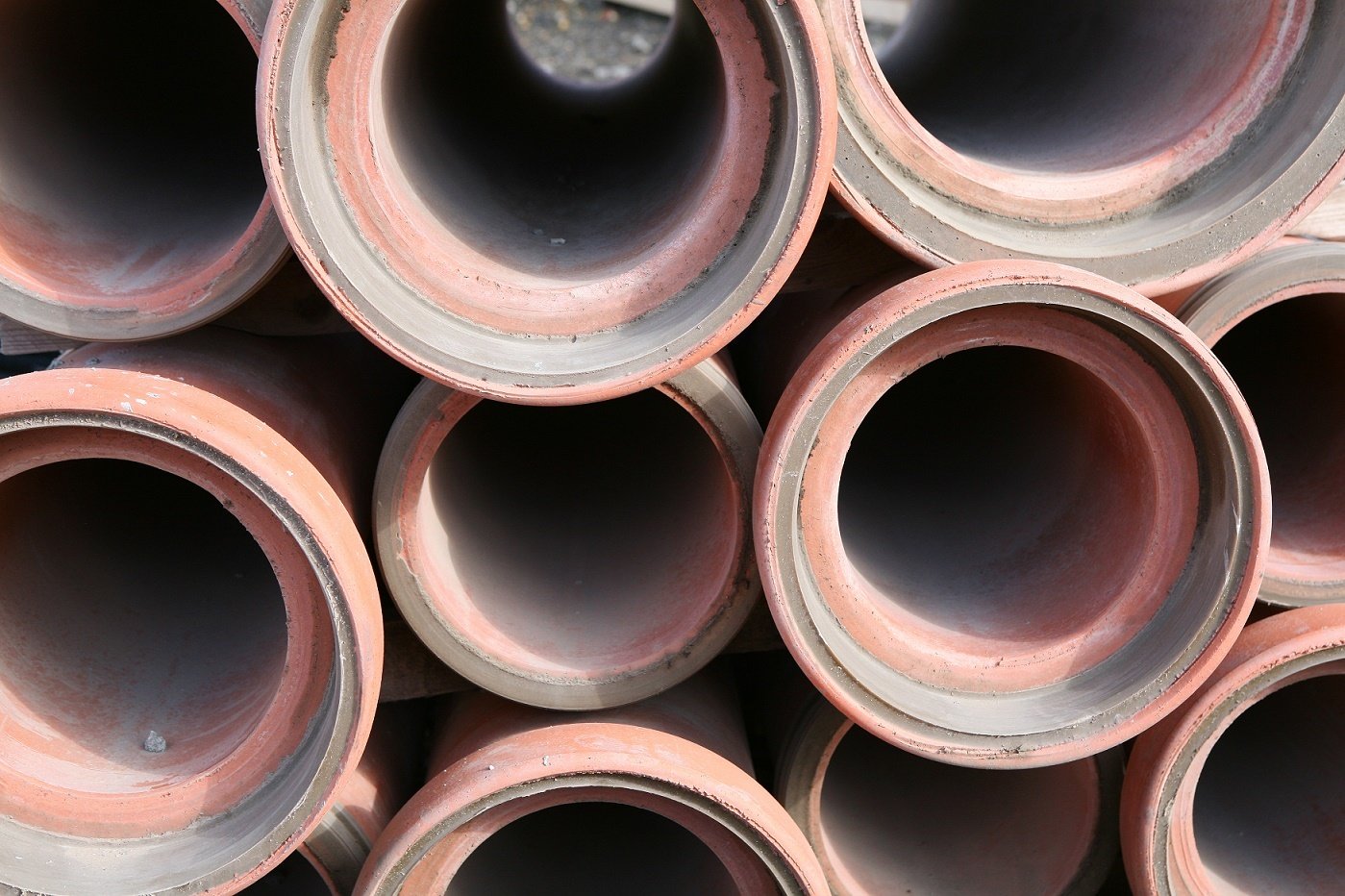
Orangeburg Piping
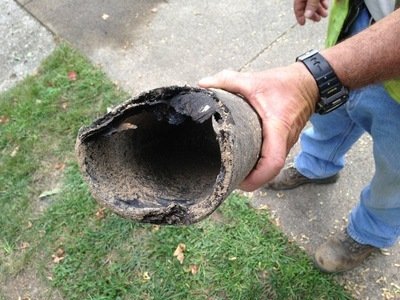
Cast Iron Piping
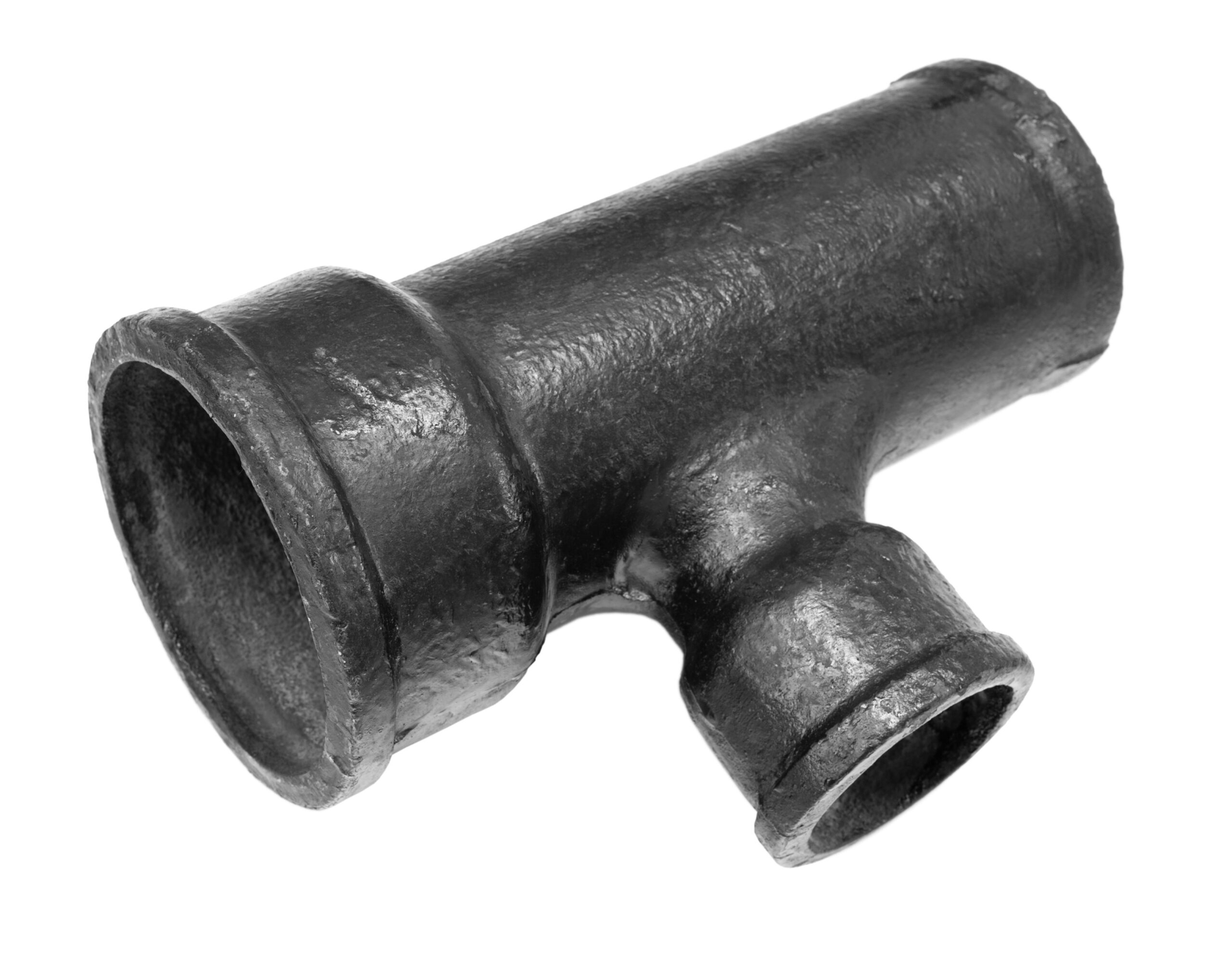
So what material should you use? Here at the Twin Plumbers, we strongly recommend either copper or PEX piping. The newer of these is PEX — it’s an advanced, flexible, and durable plastic that is recently becoming popular. But copper is a classic choice for plumbers, tried and true…so which do you choose? The Twin Plumbers have the answers:
The post Repiping in Los Angeles – What Pipe Material is Best? appeared first on Twin Home Experts.



